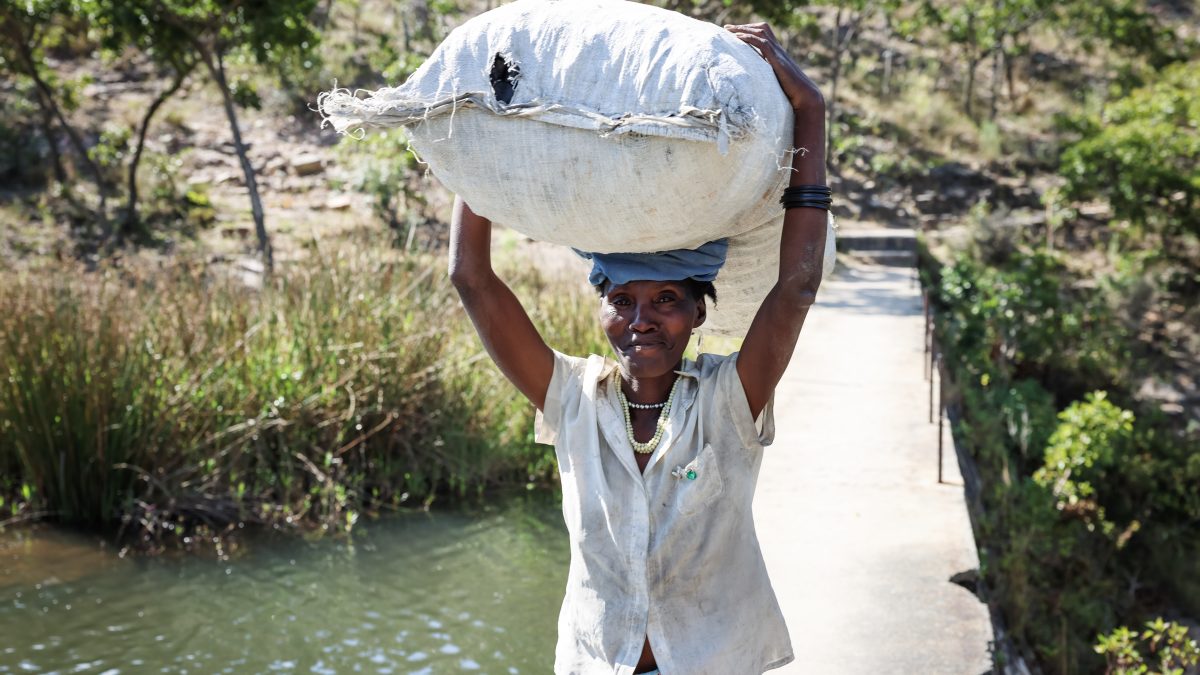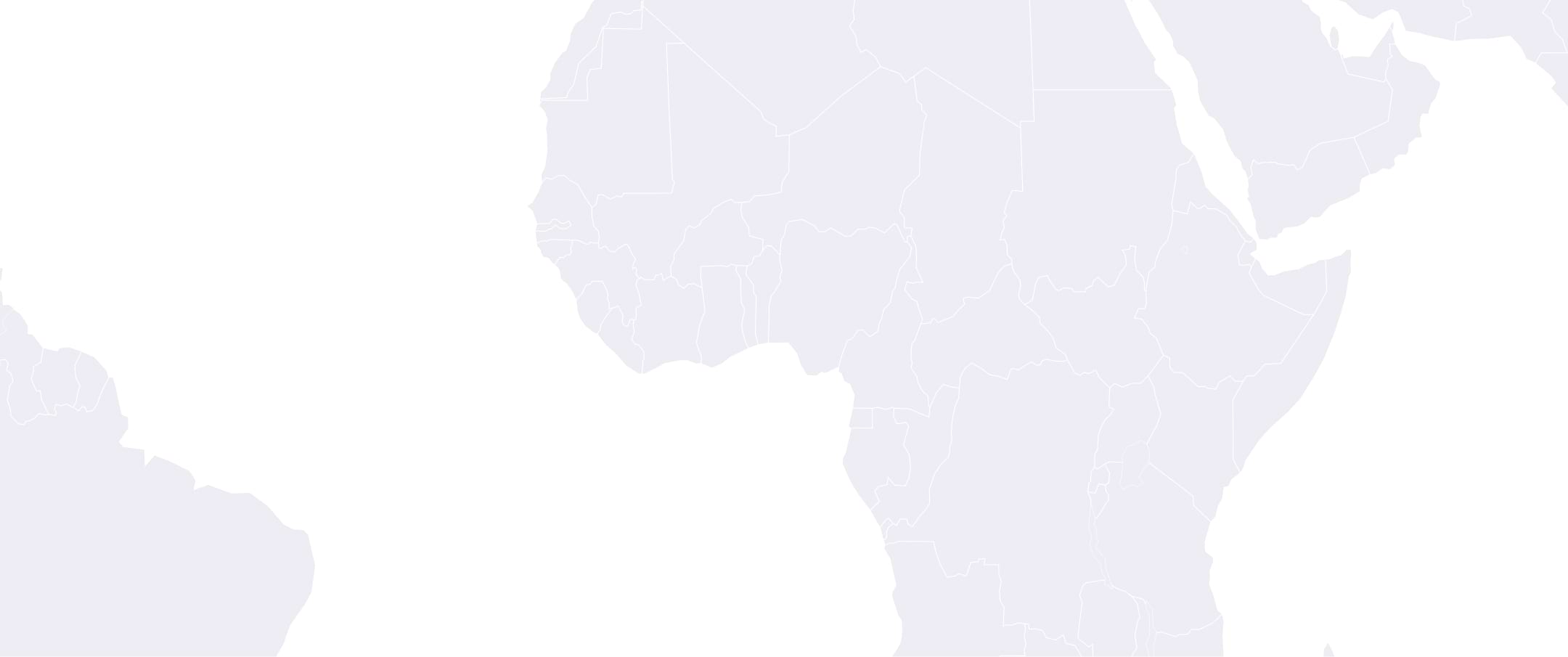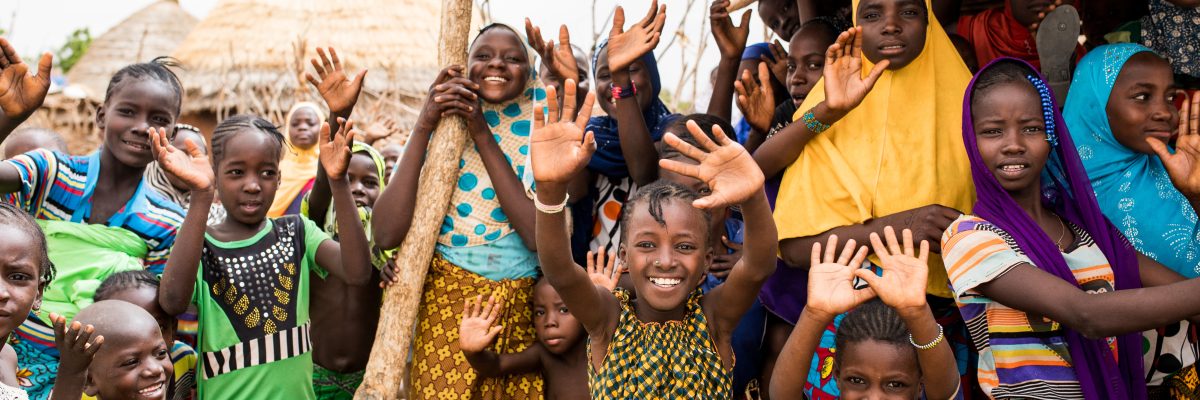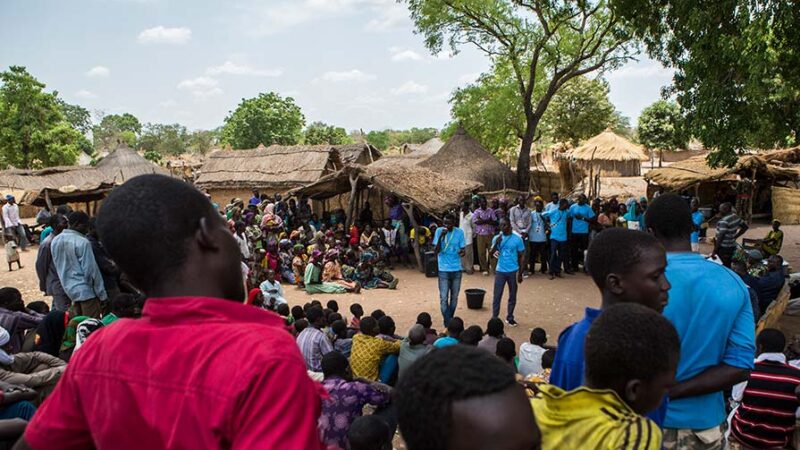Angola

The Carter Center has worked with the Ministry of Health in Angola to fight Guinea worm disease since 2019. Cases of the disease surprisingly appeared in 2018, but through partnerships with international organizations and the Angolan government, human cases have been reduced to zero. The Center continues to assist Angola in its elimination efforts.
Short-term Goals
We work with the Ministry of Health in Angola to eliminate Guinea worm disease once and for all.
Impact
- Angola’s Ministry of Health trained volunteers to conduct community-based surveillance in villages most at risk of infection, with support from The Carter Center and the World Health Organization.
- Preventive measures resulted in zero human cases of Guinea worm in 2021-2024.
Carter Center Applauds Historic World Health Assembly Resolution to Accelerate Guinea Worm Eradication
Angola Develops a Strategic Plan to Eradicate Guinea Worm Disease
Carter Center Reports 14 Human Guinea Worm Cases in 2024

Related Content
Global Impact Starts with You
Your support sustains the Carter Center's mission of waging peace, fighting disease, and building hope around the world.



